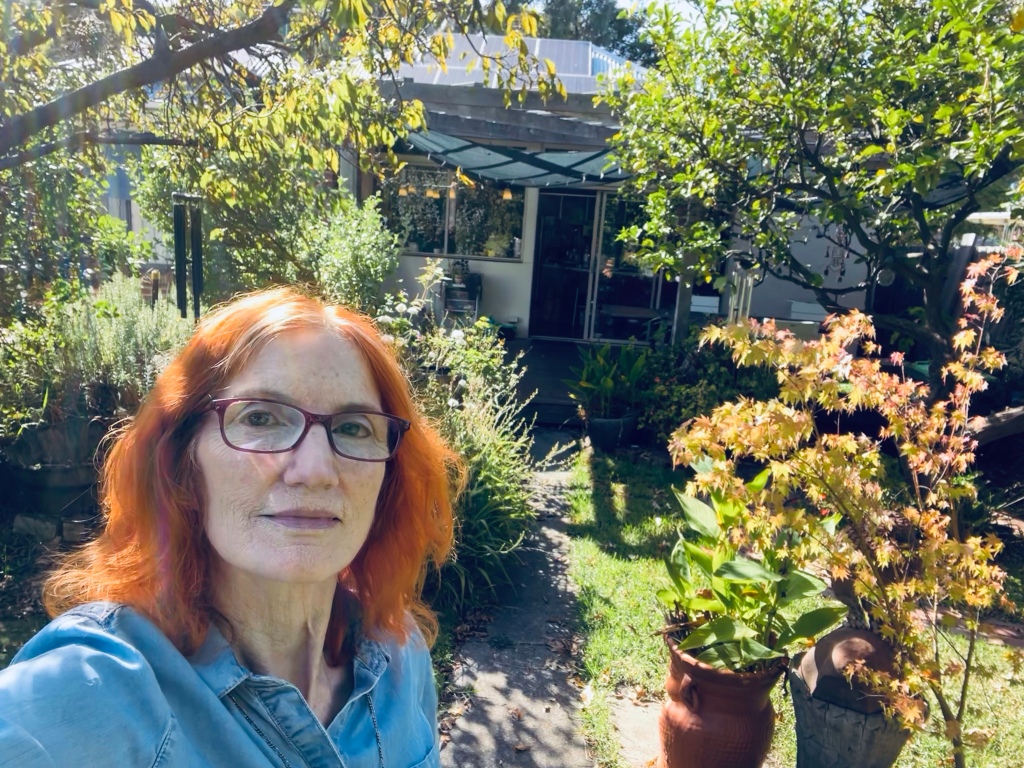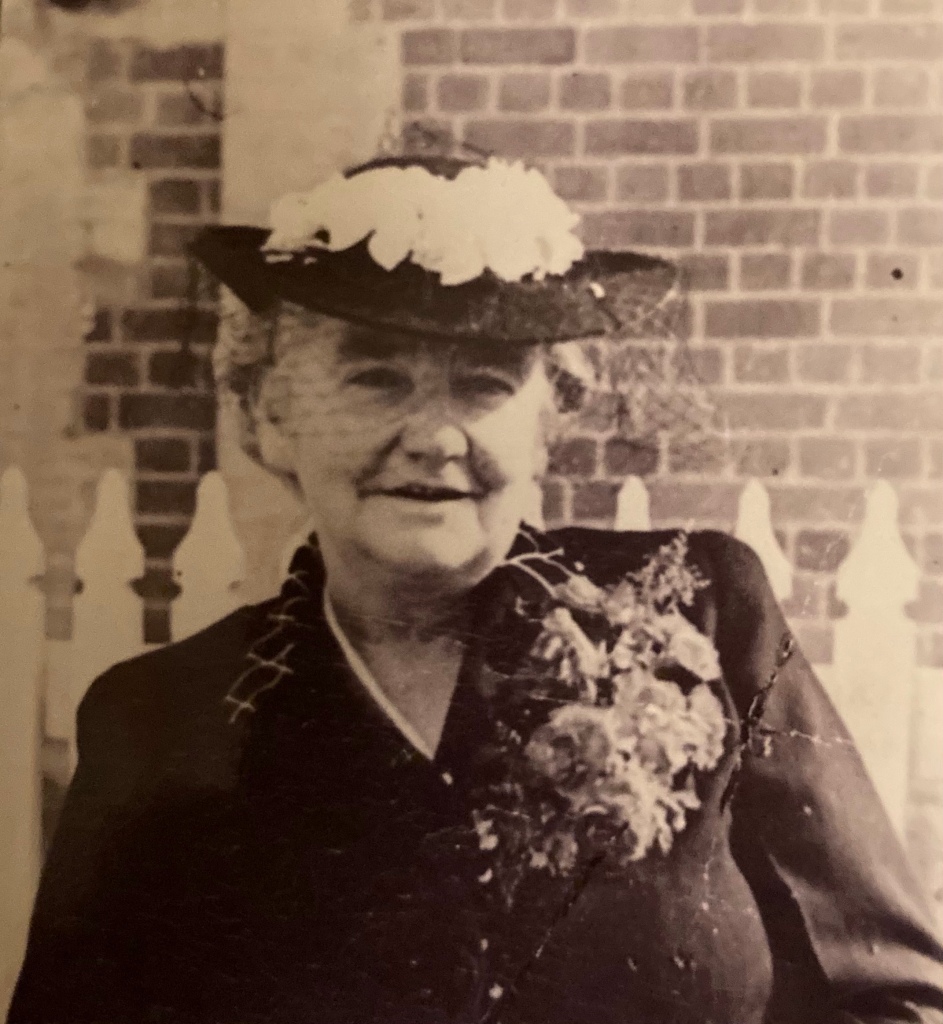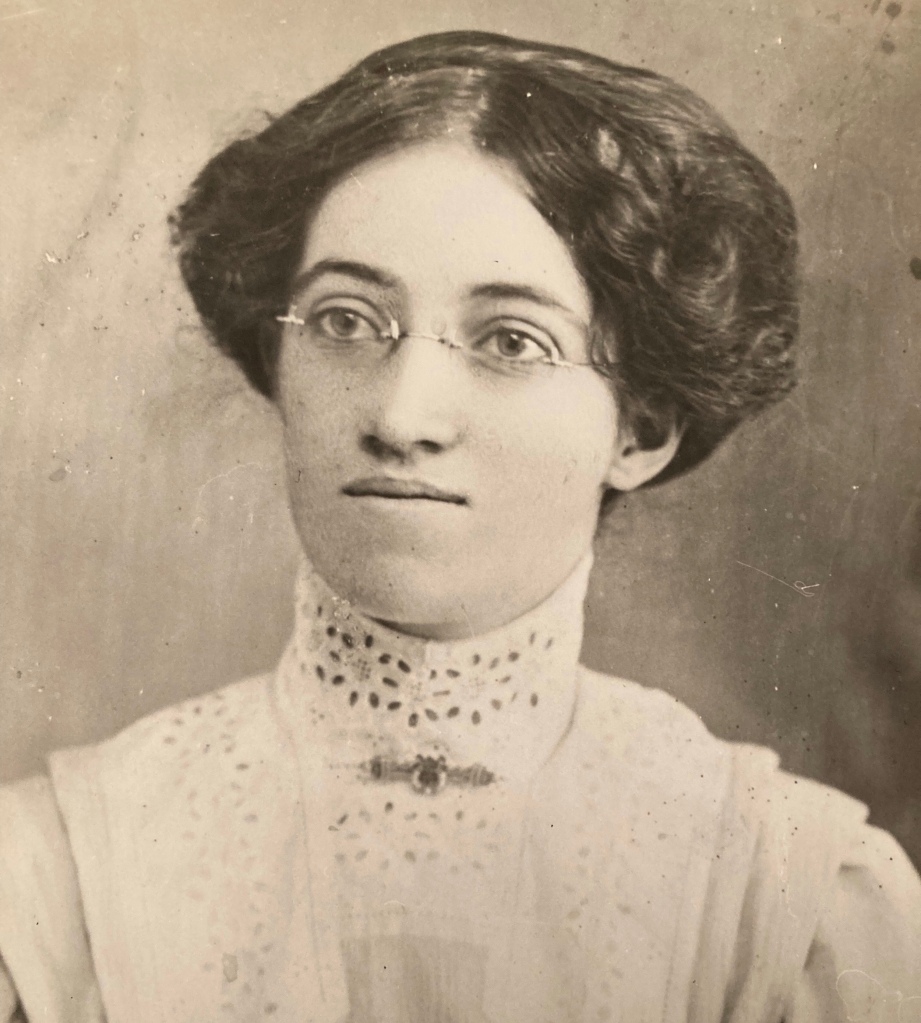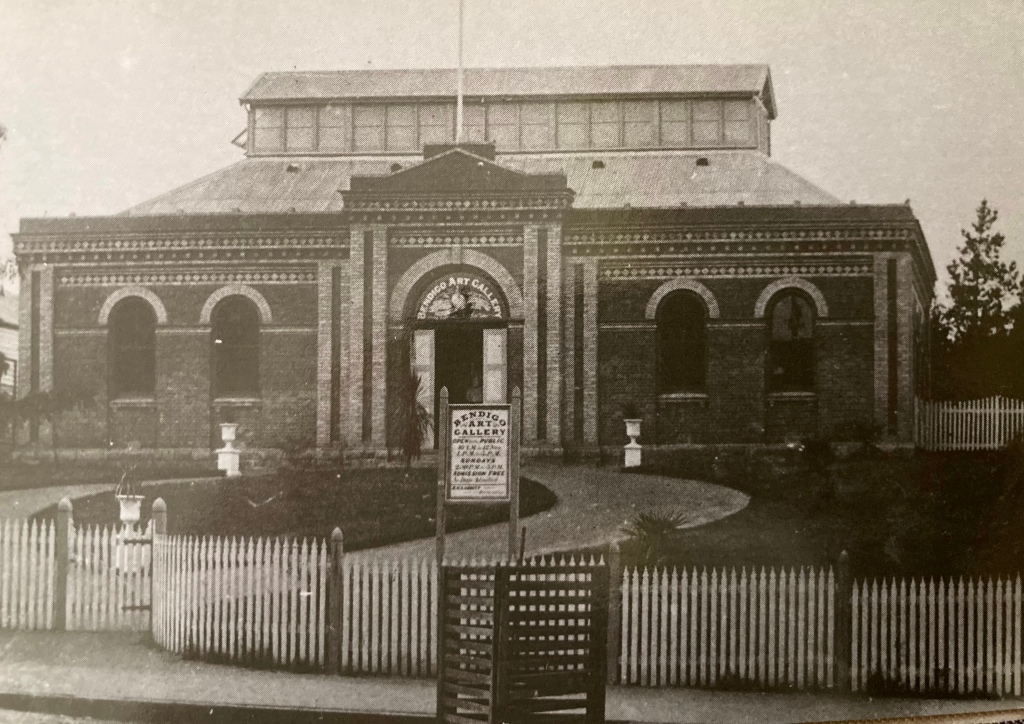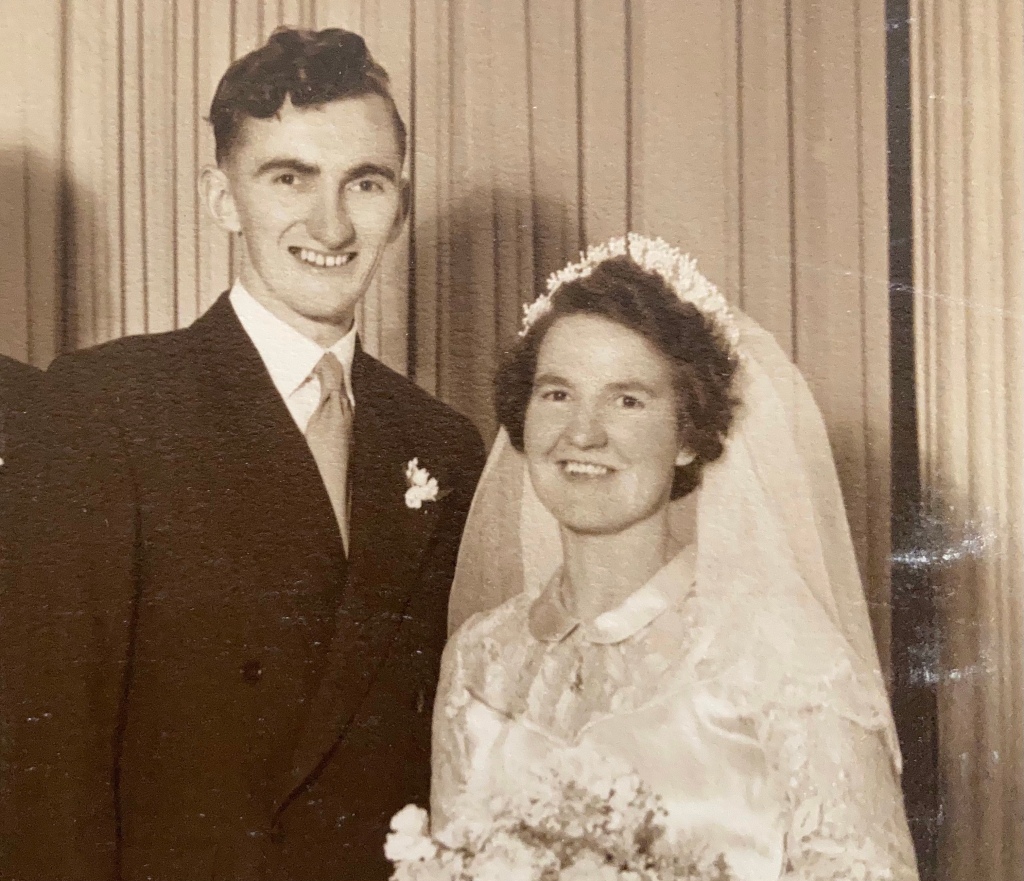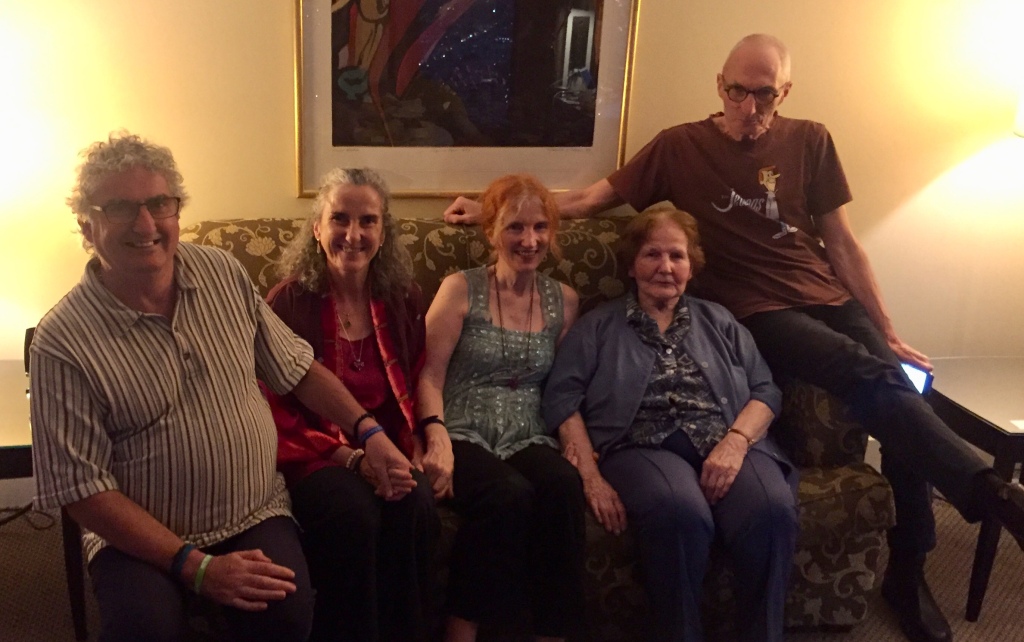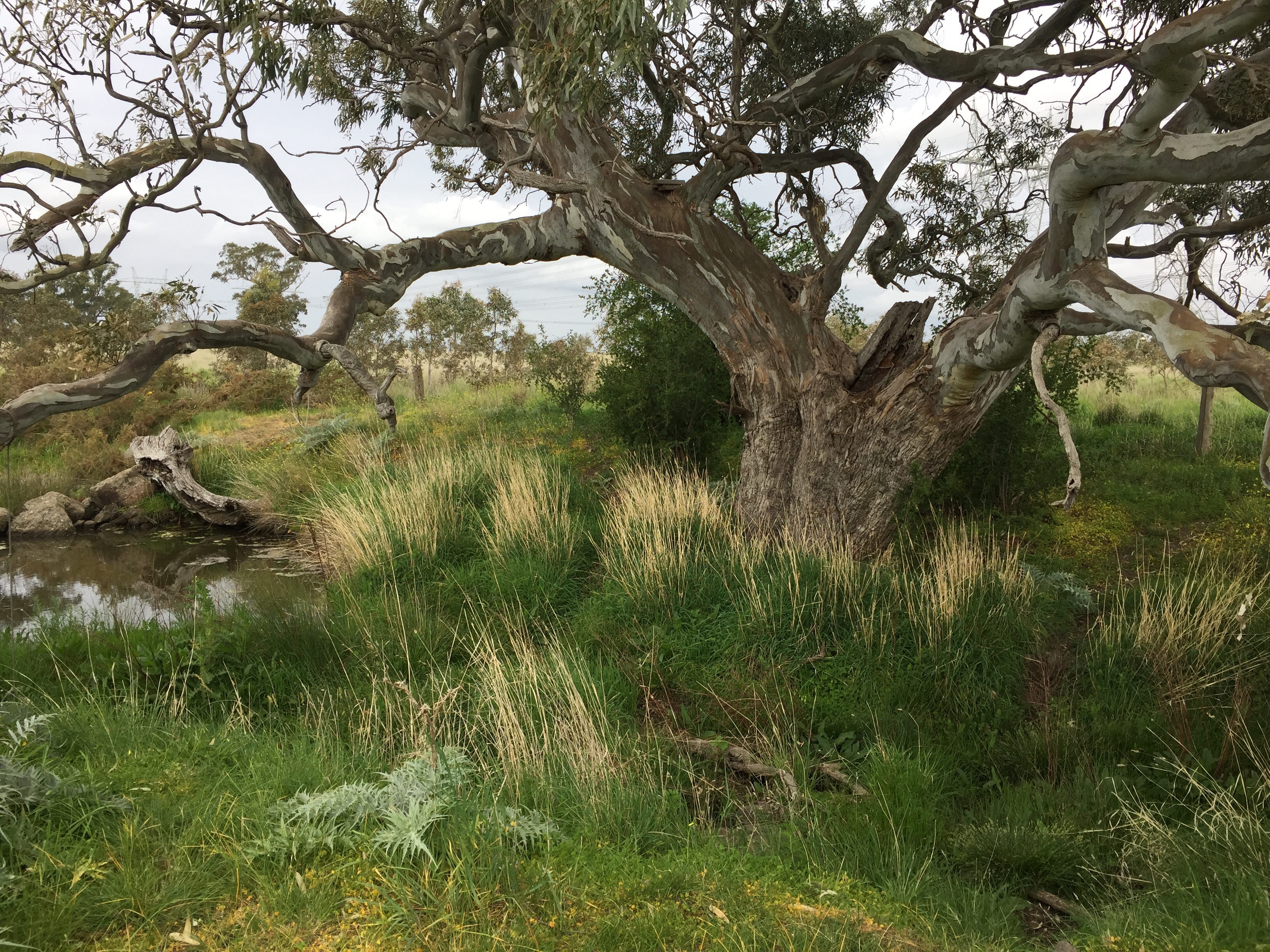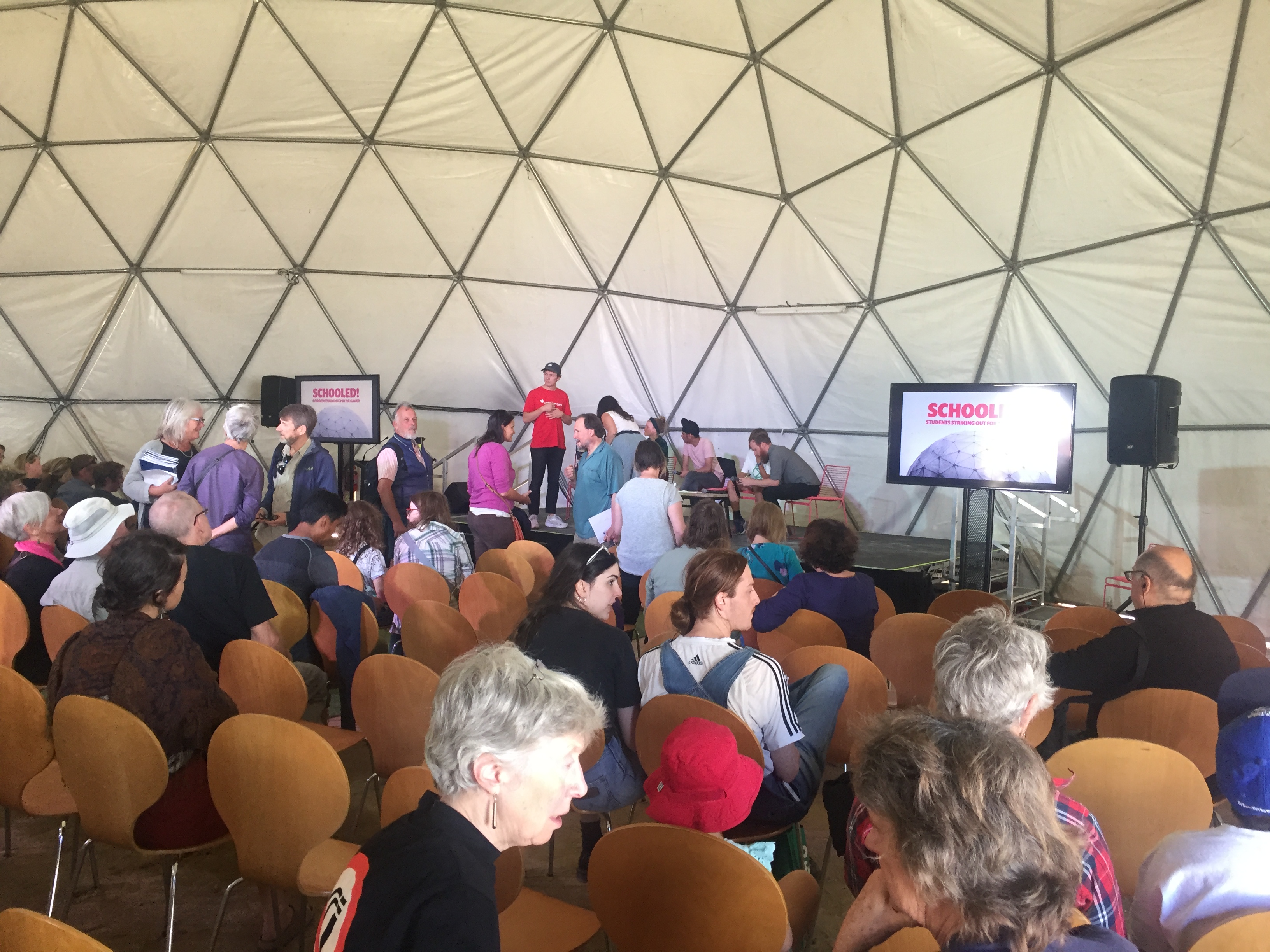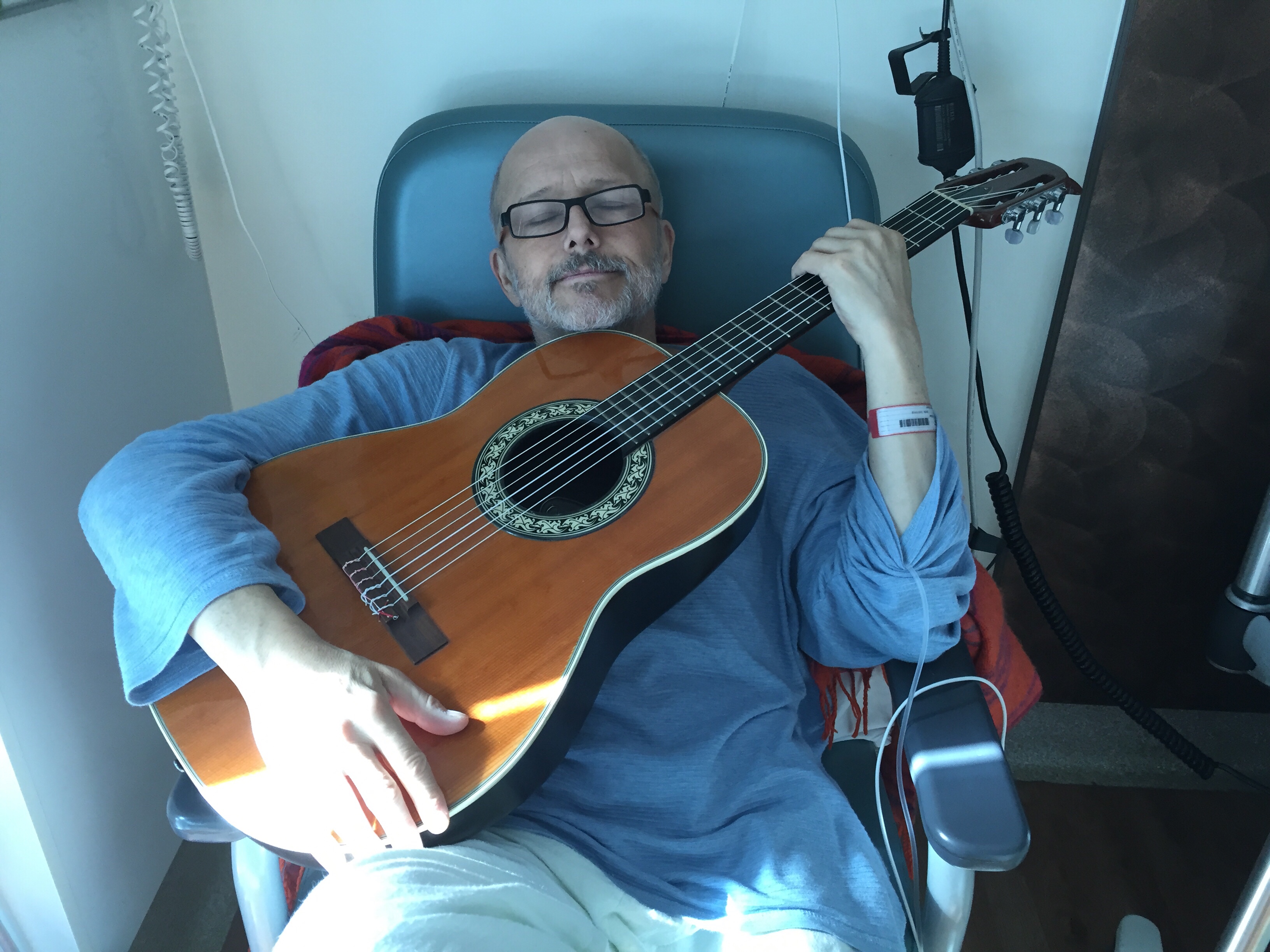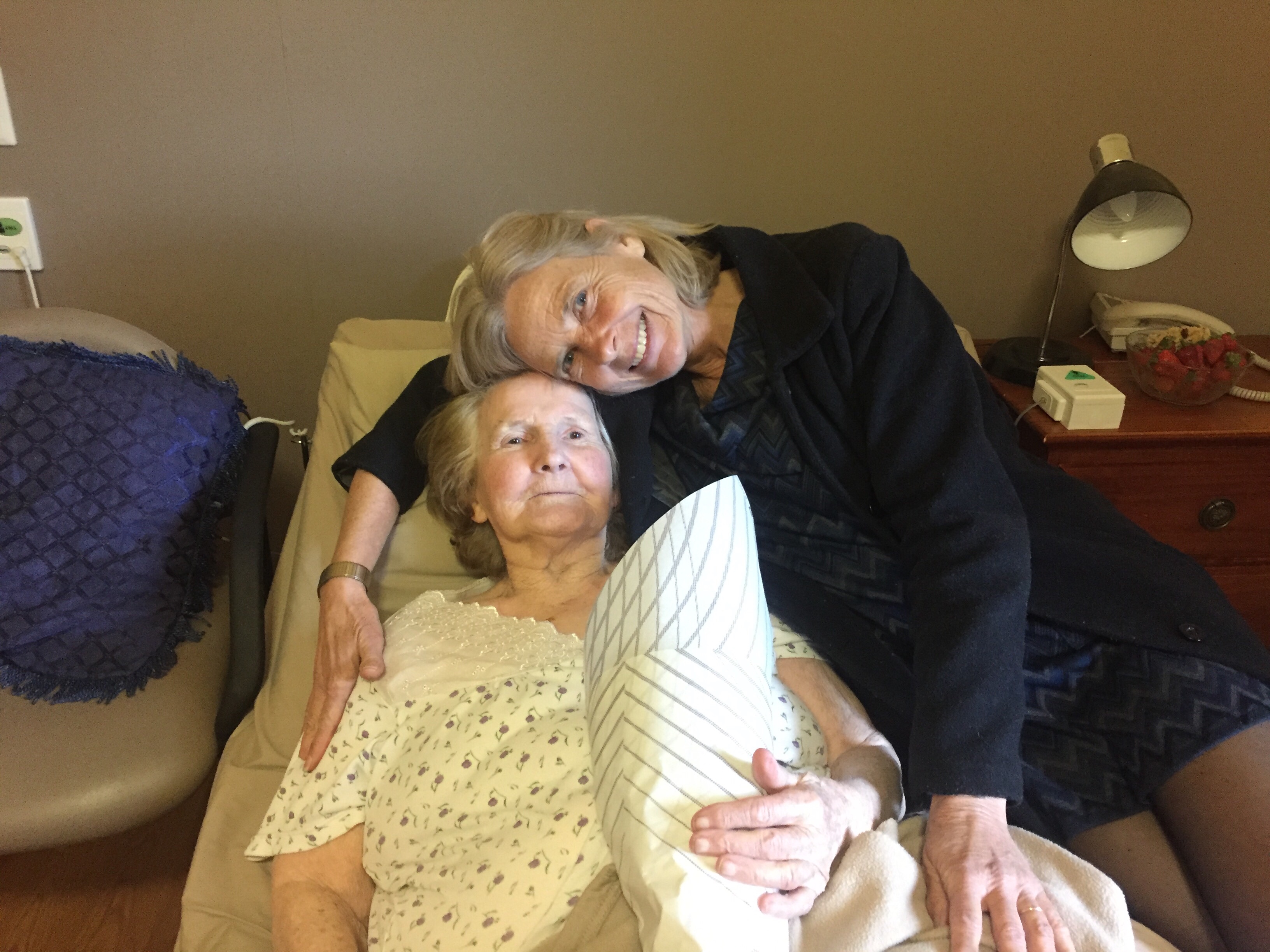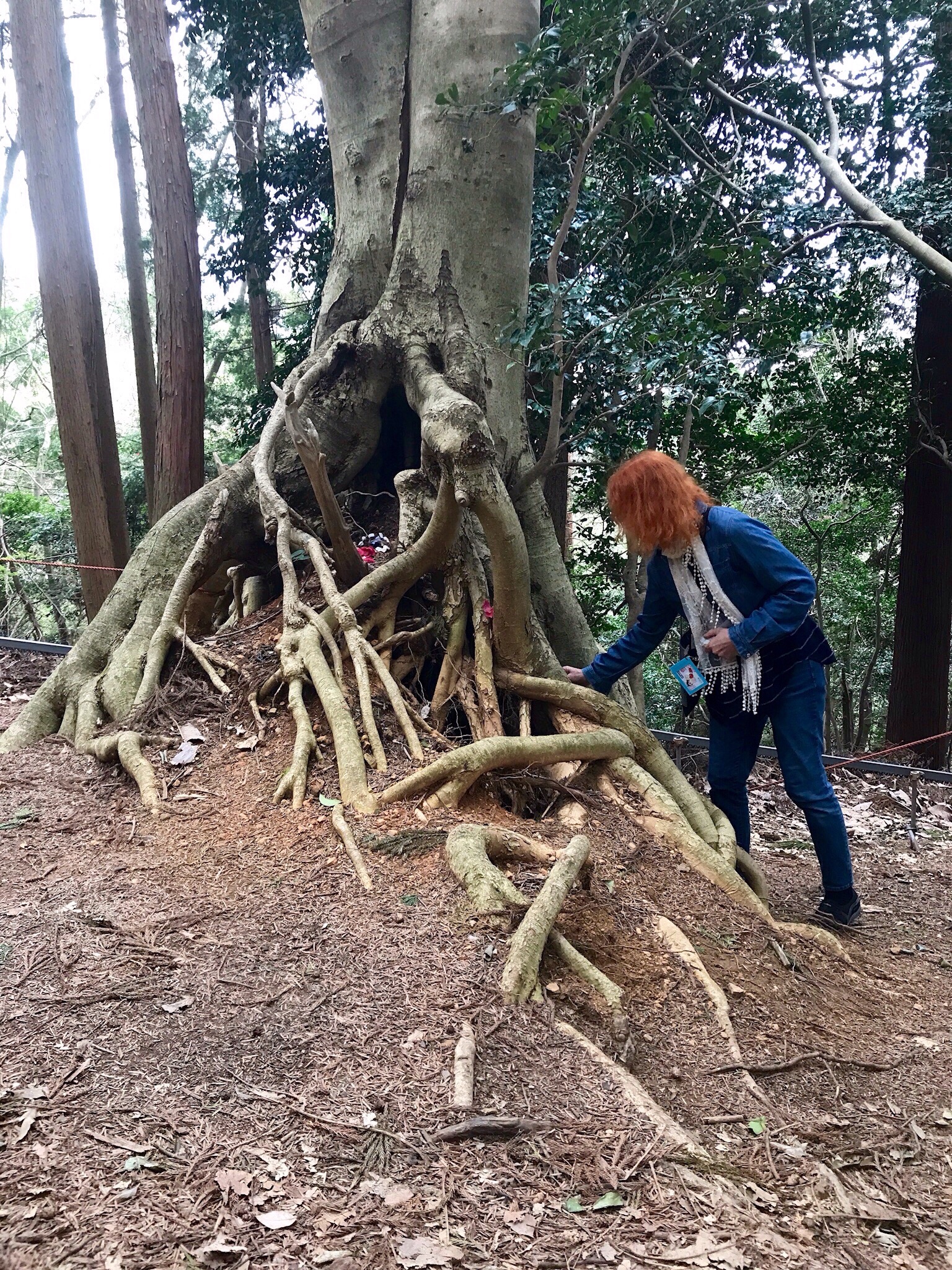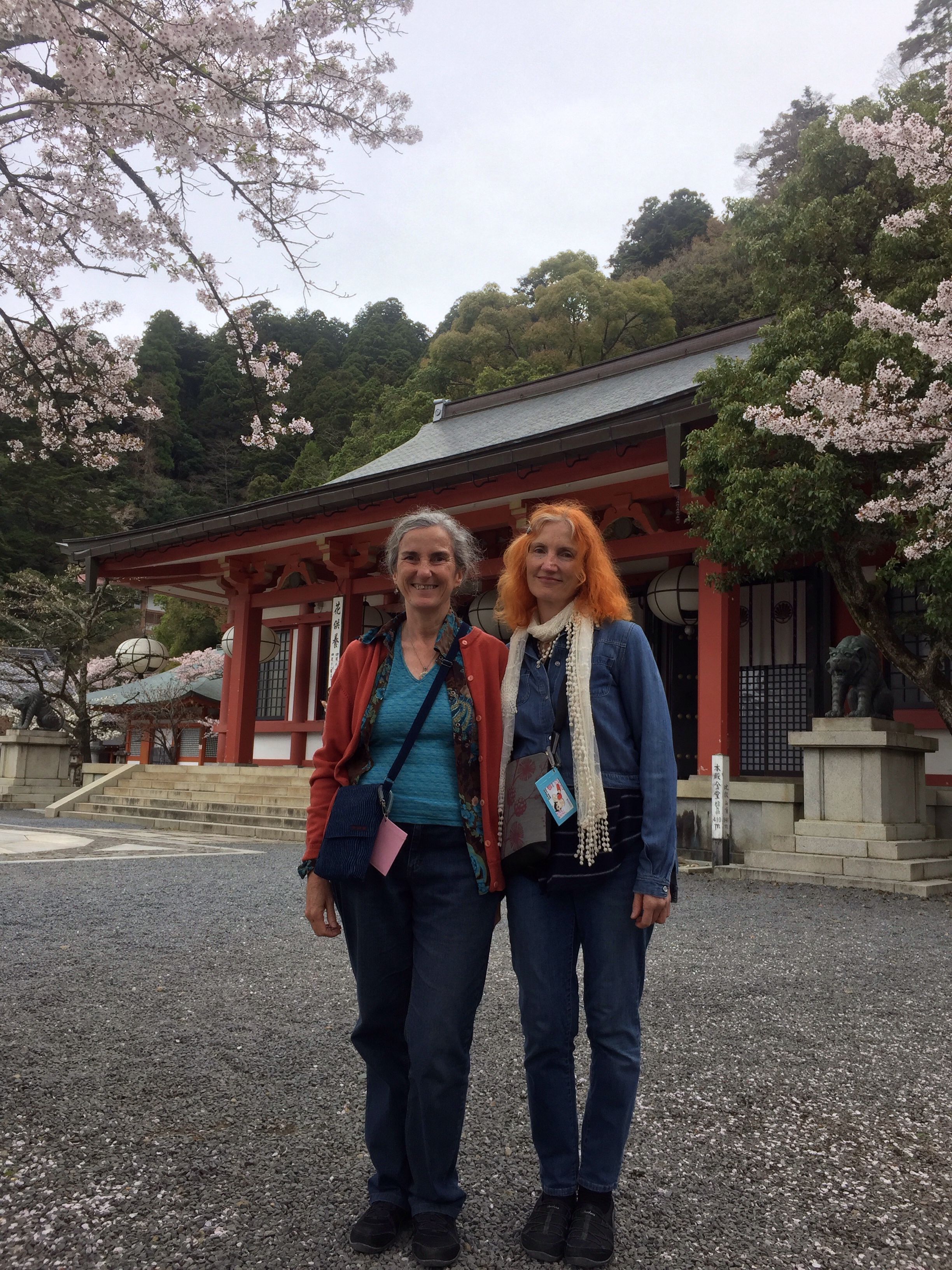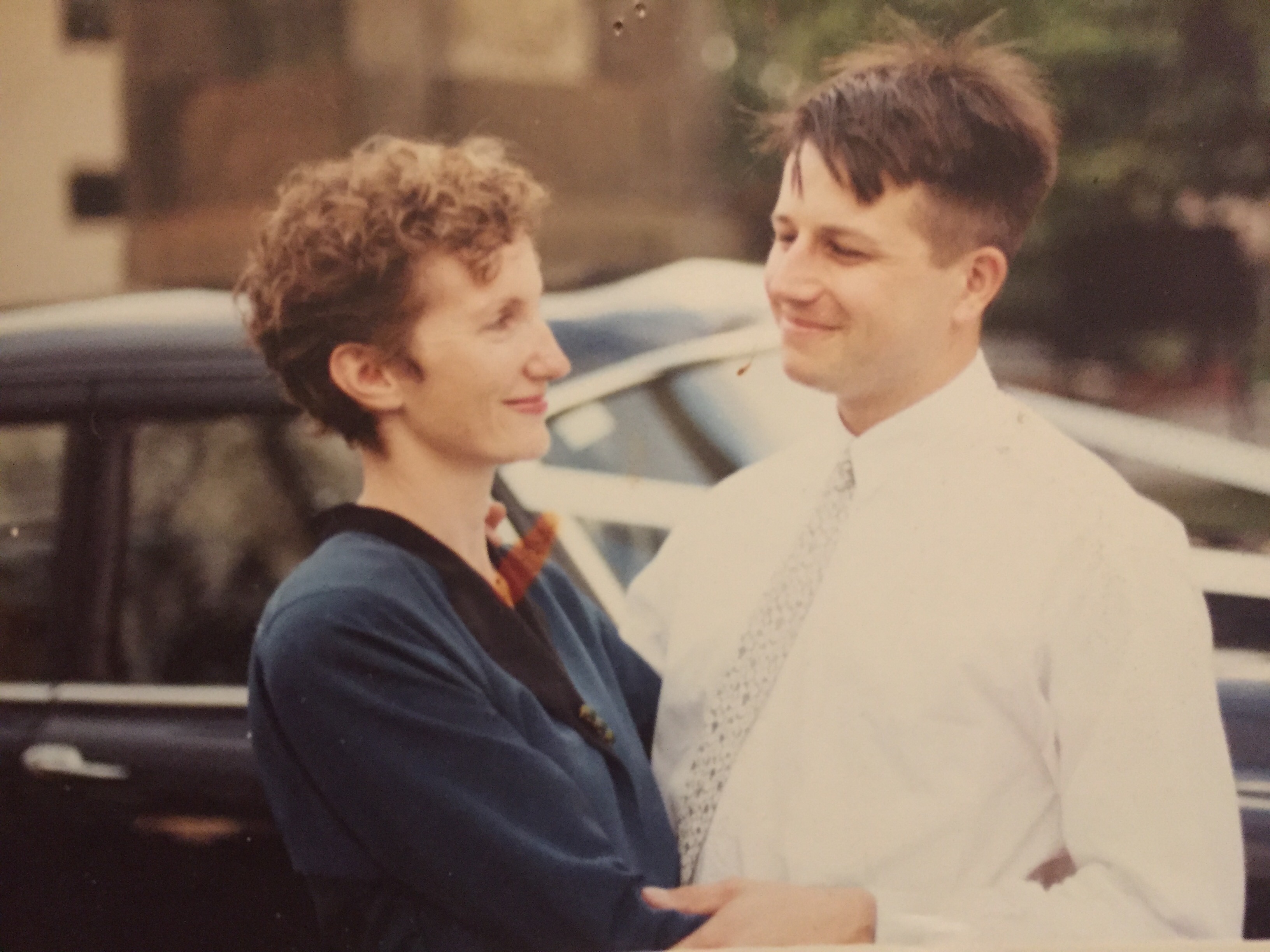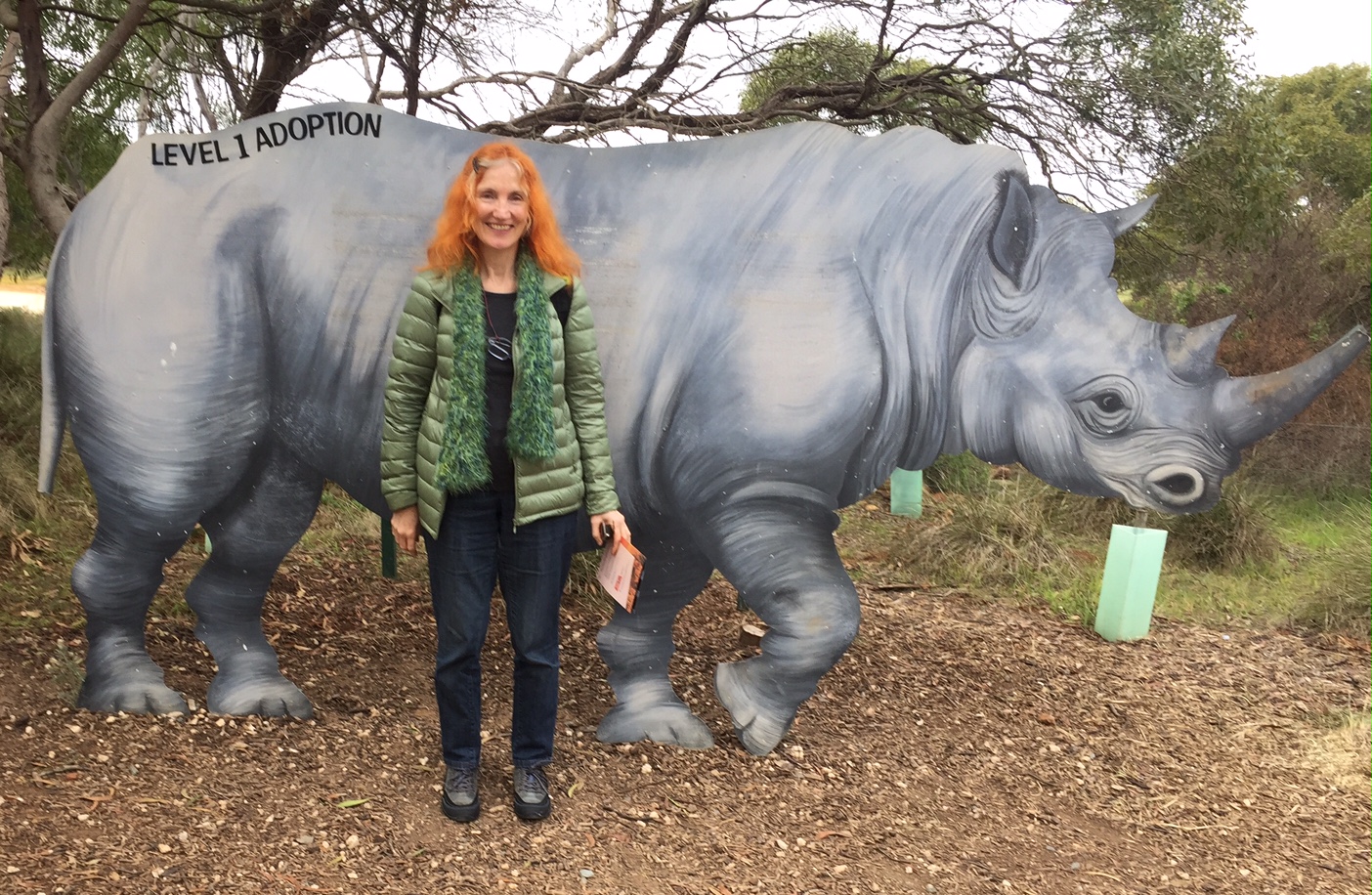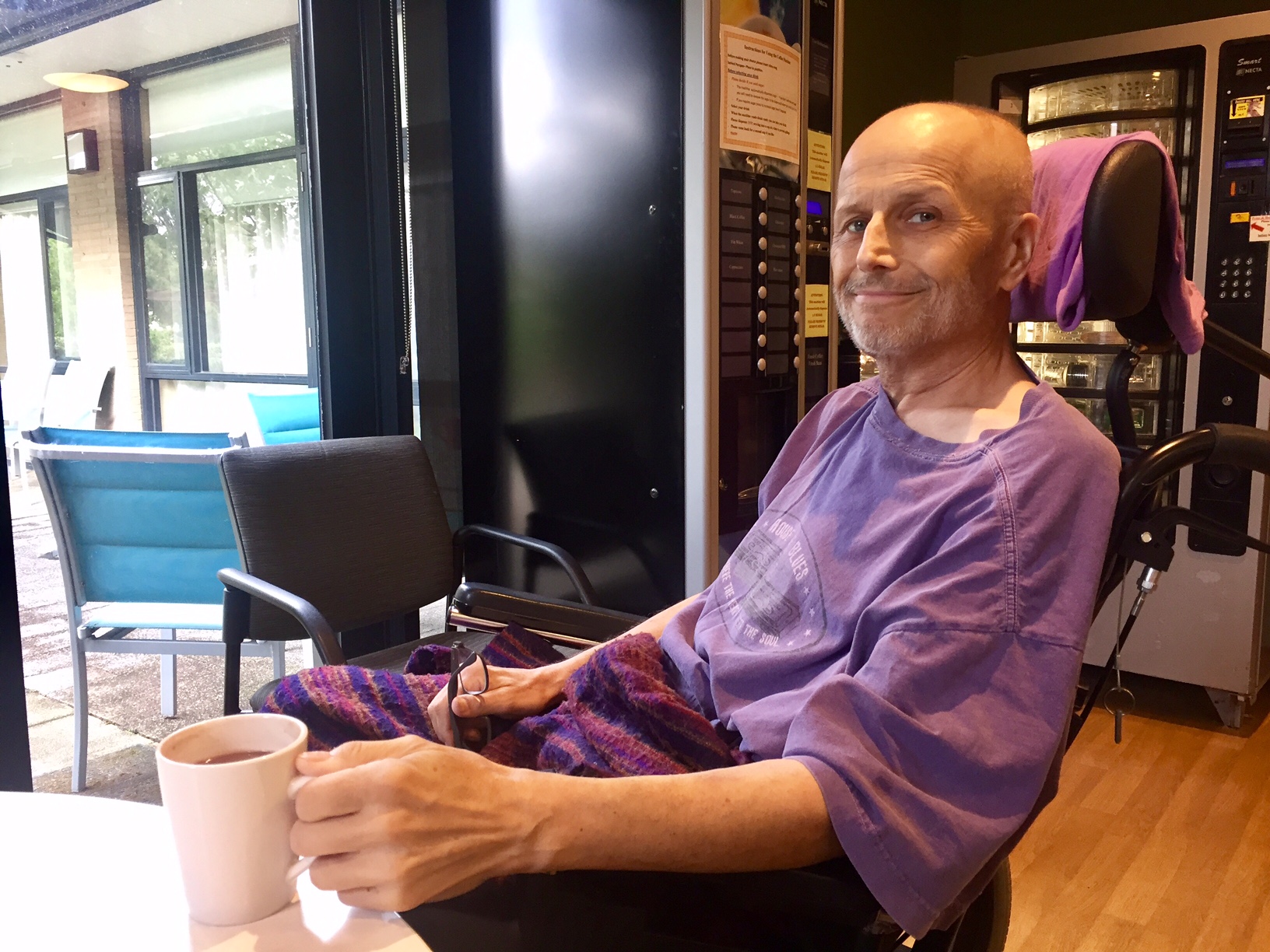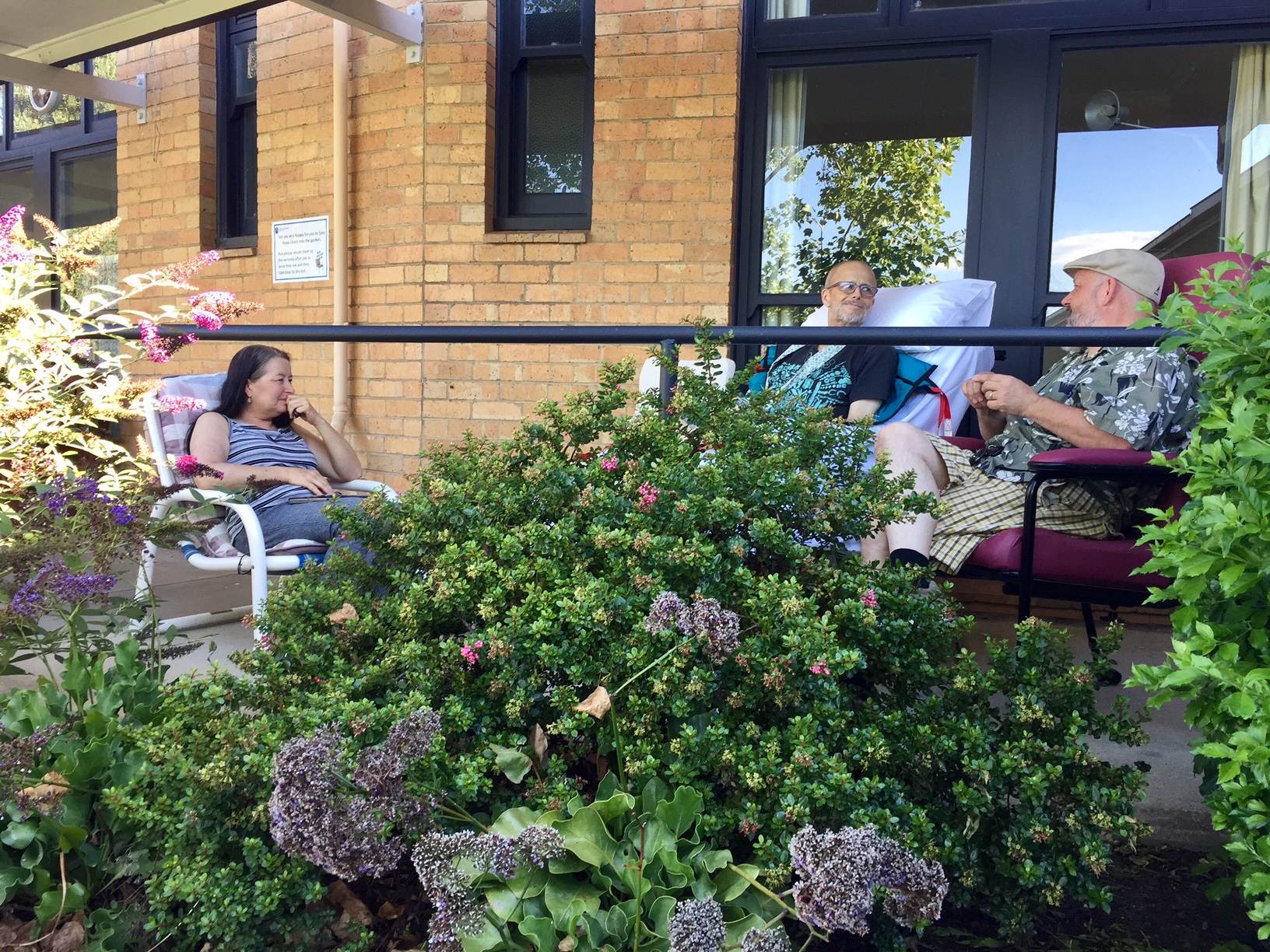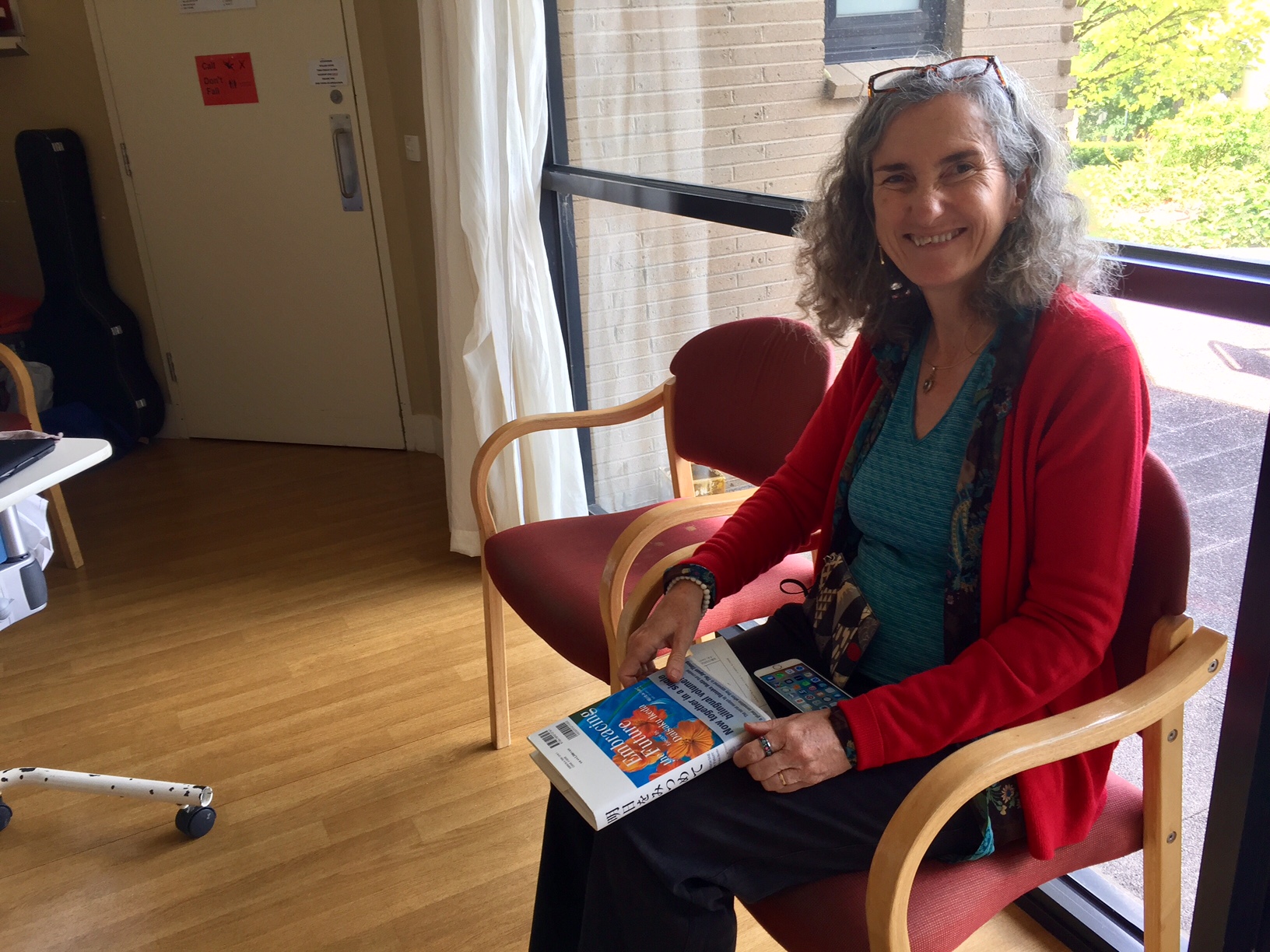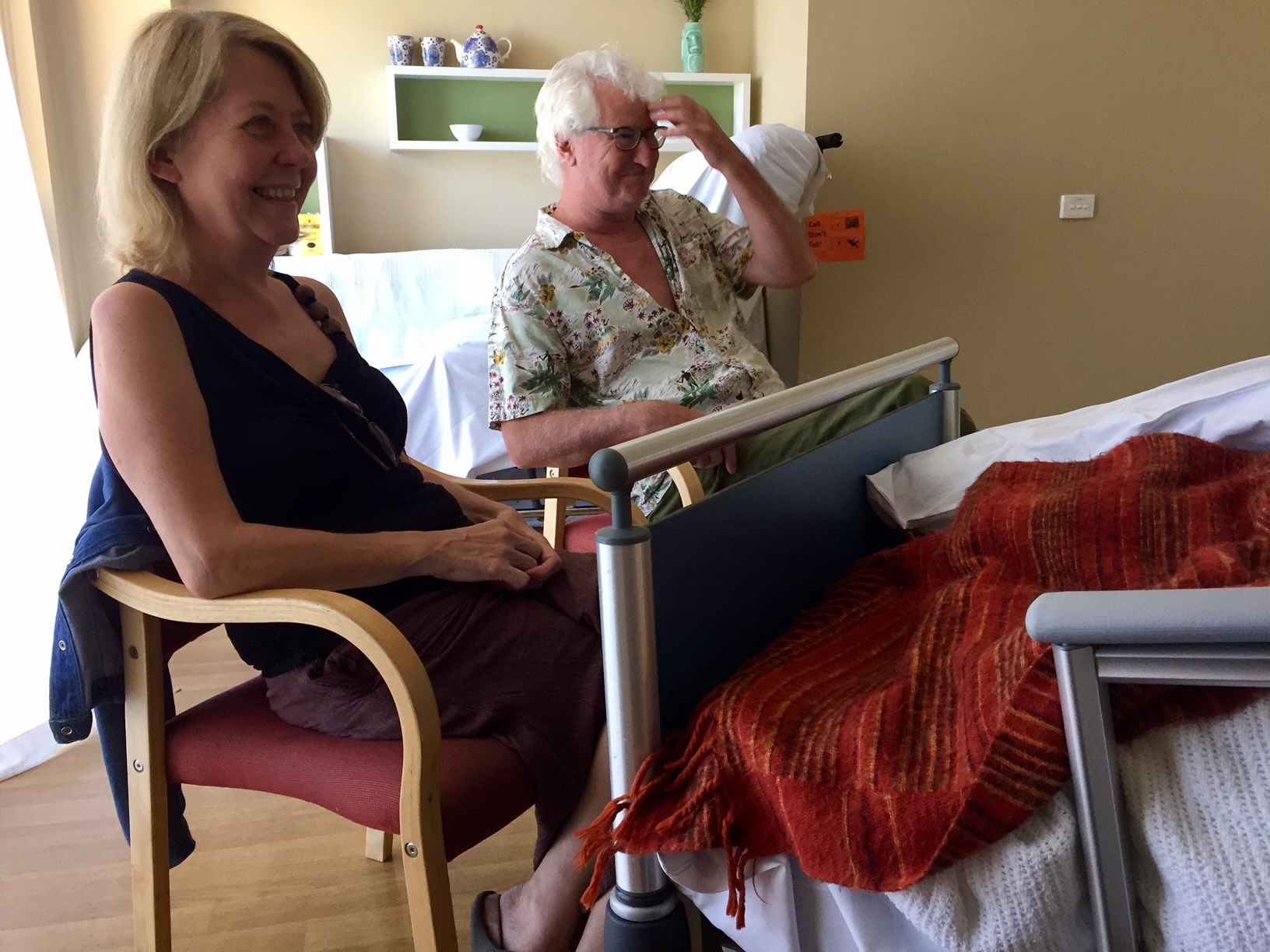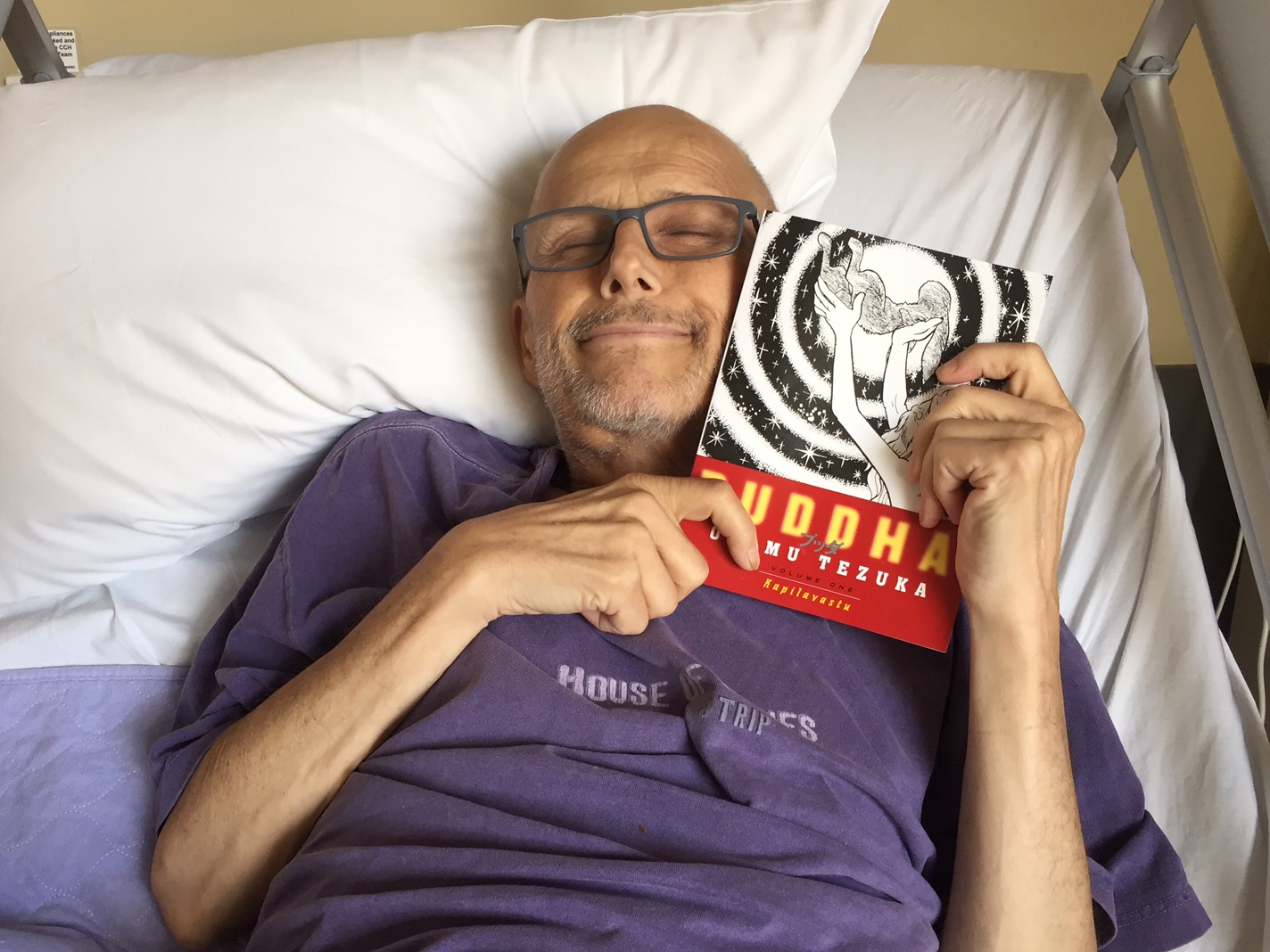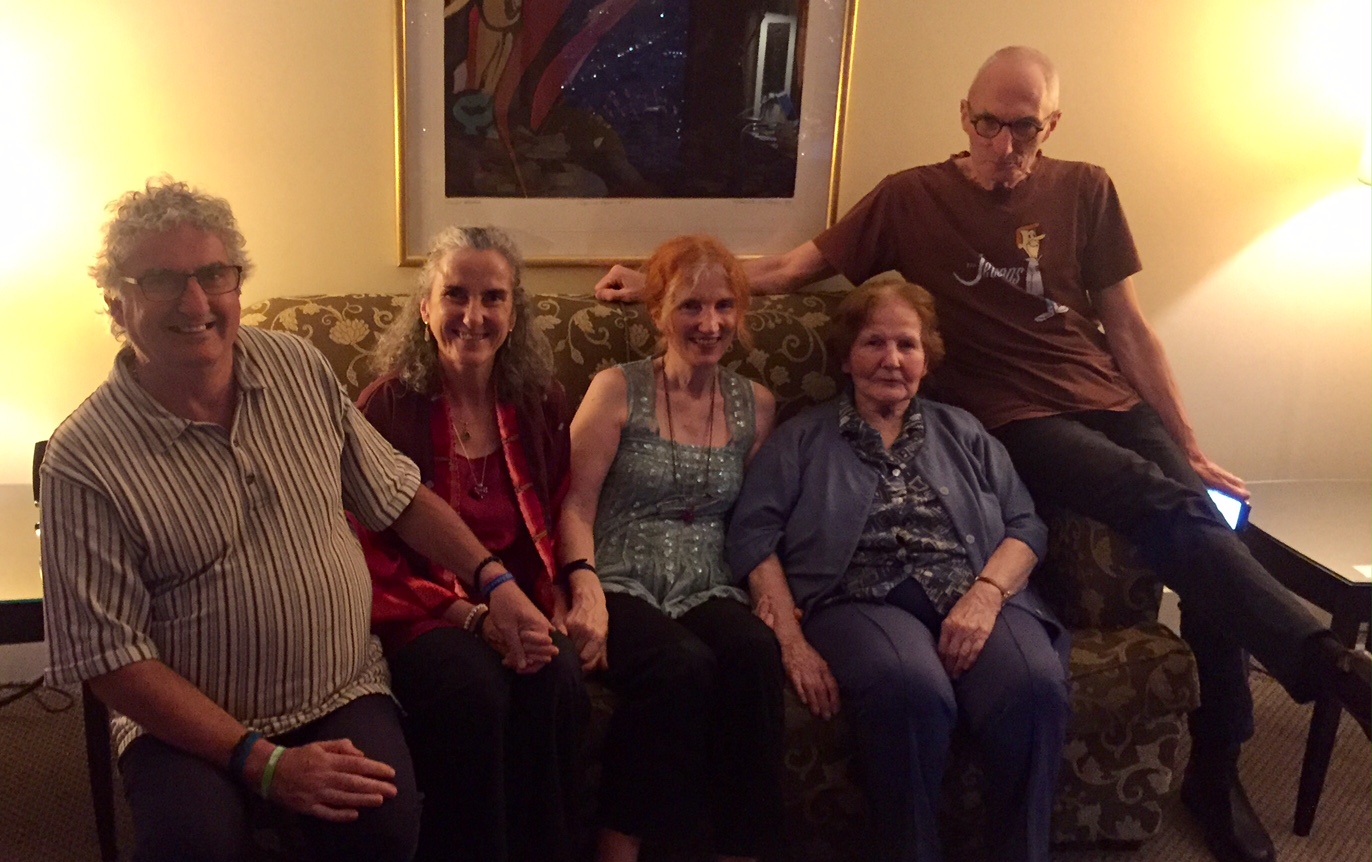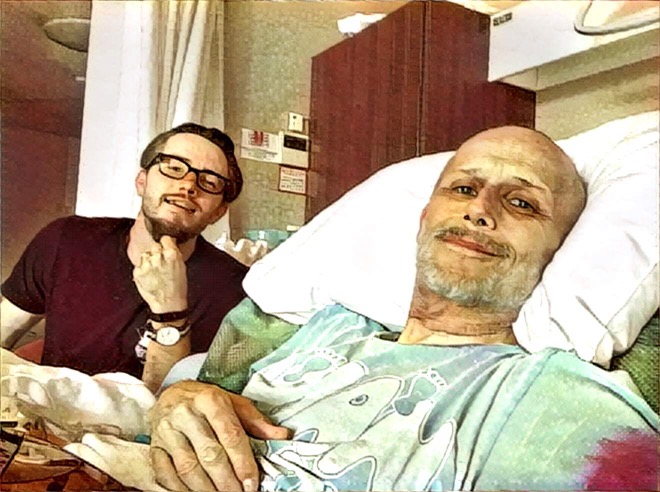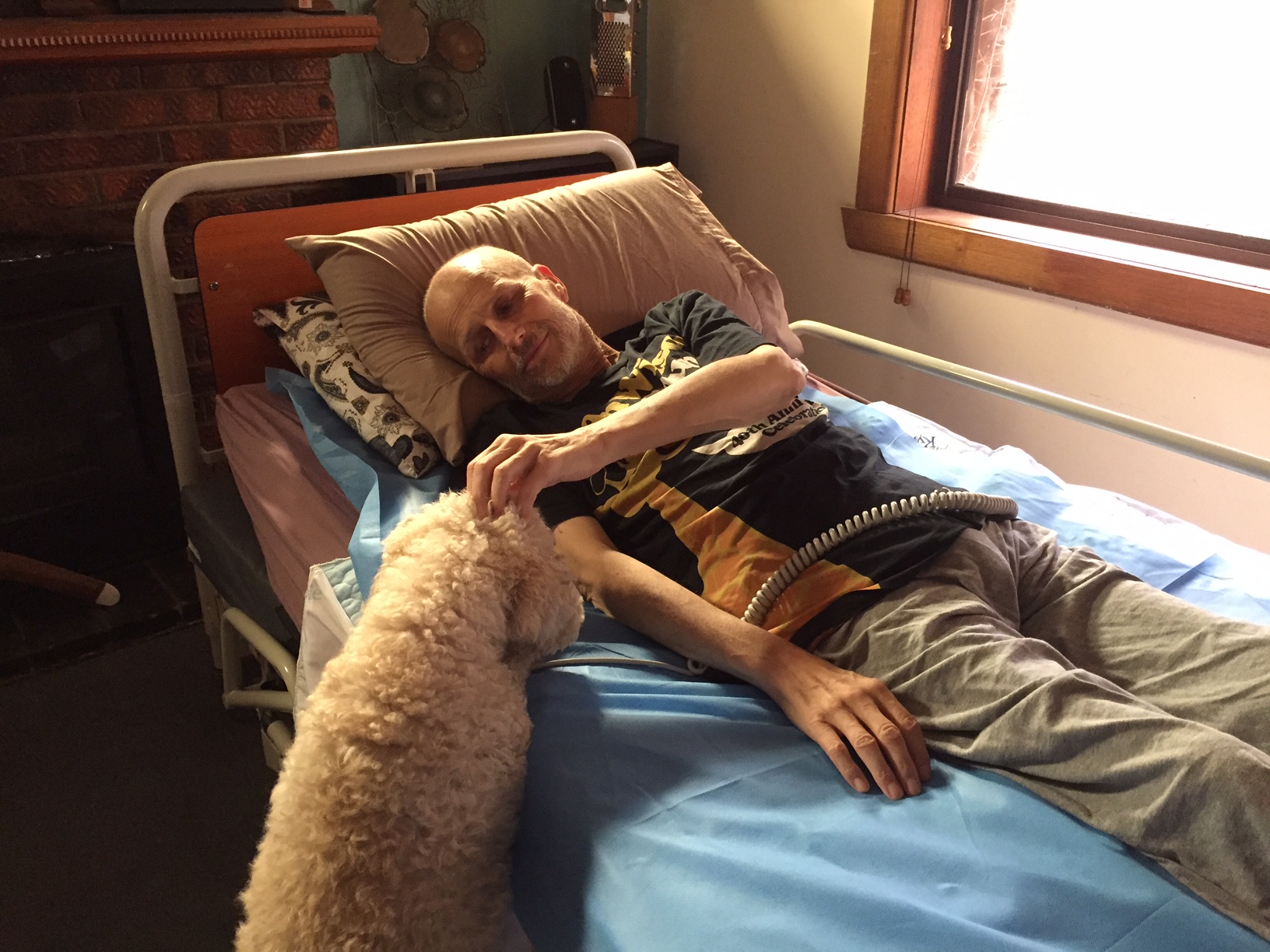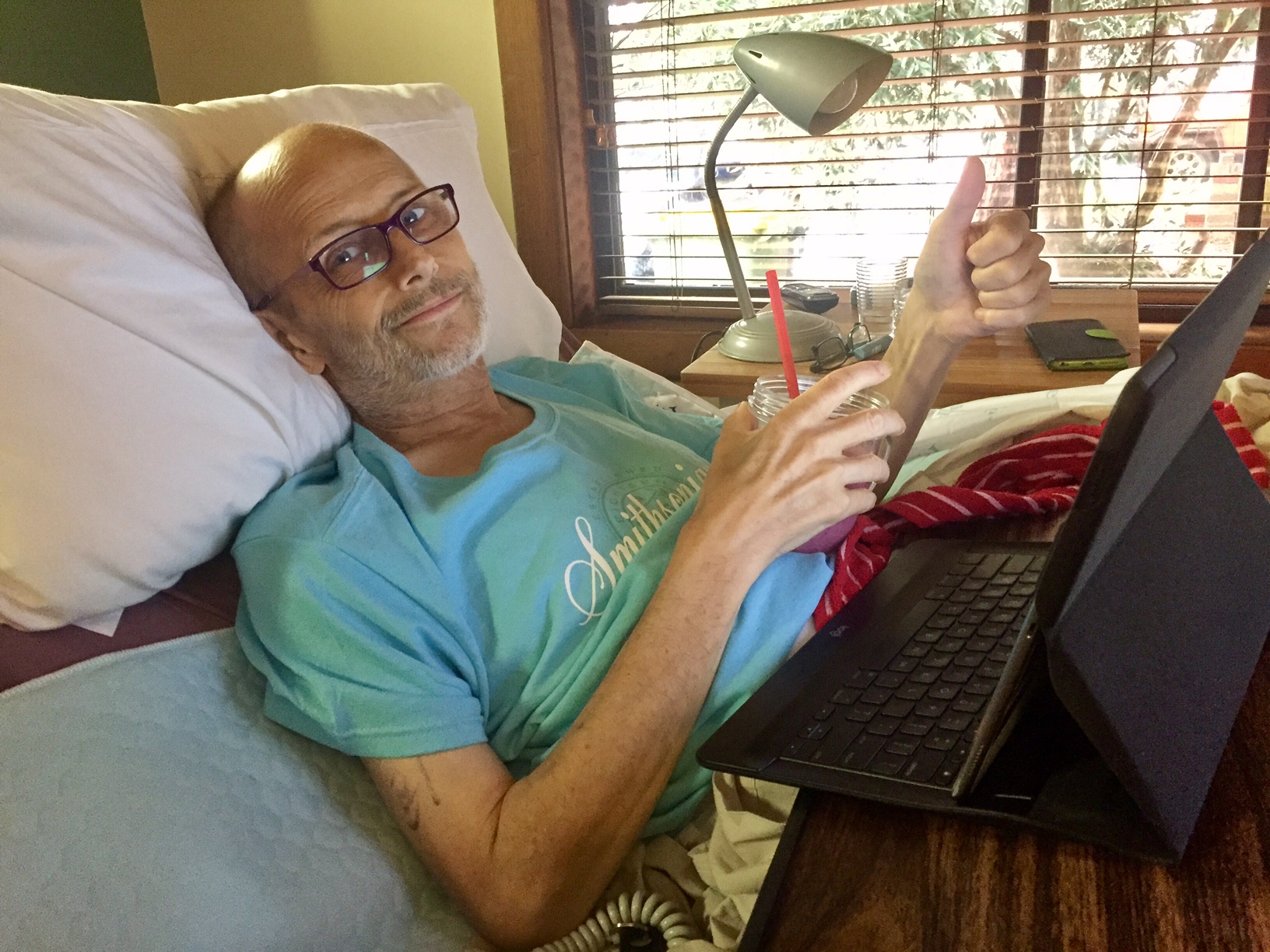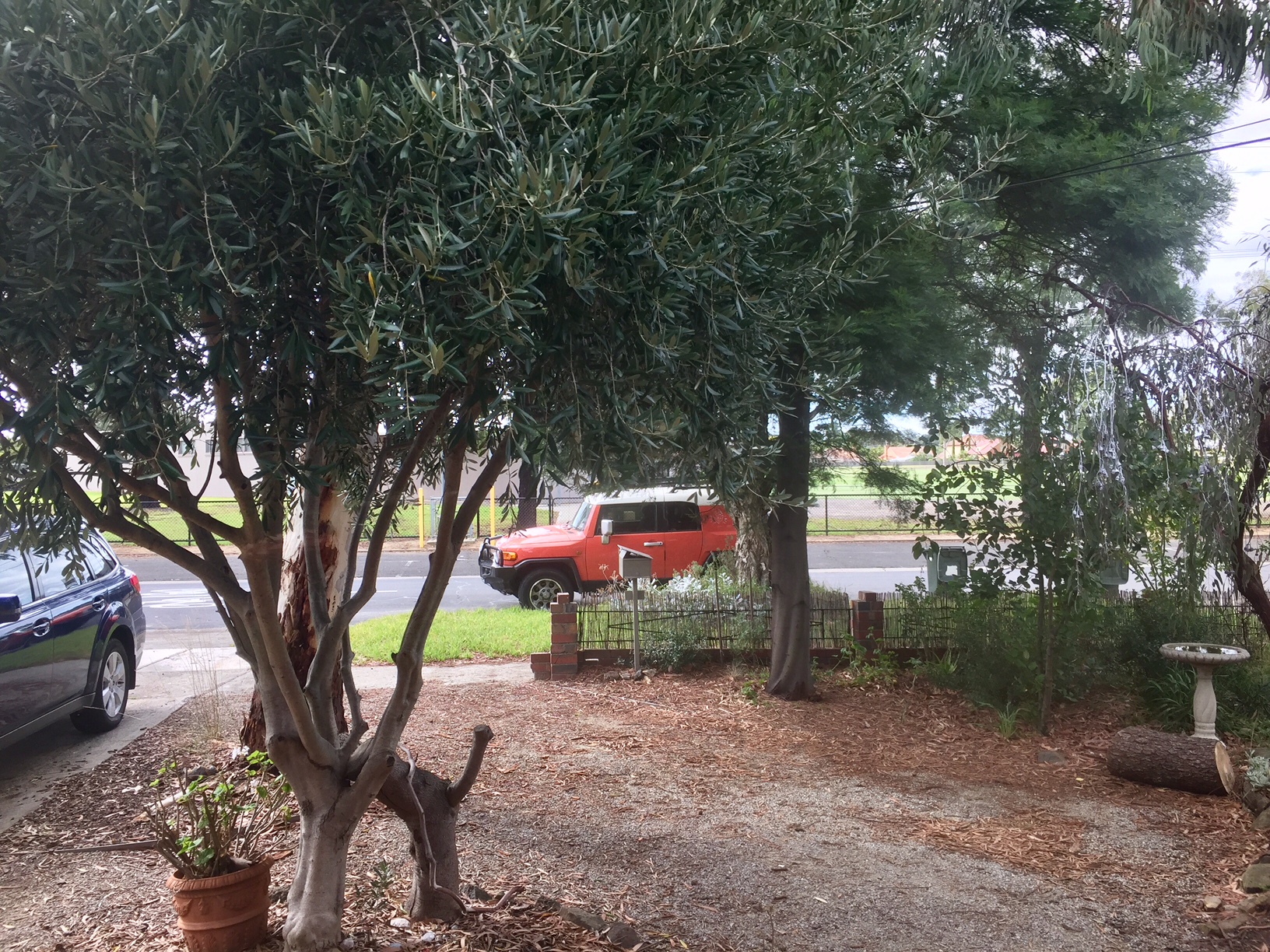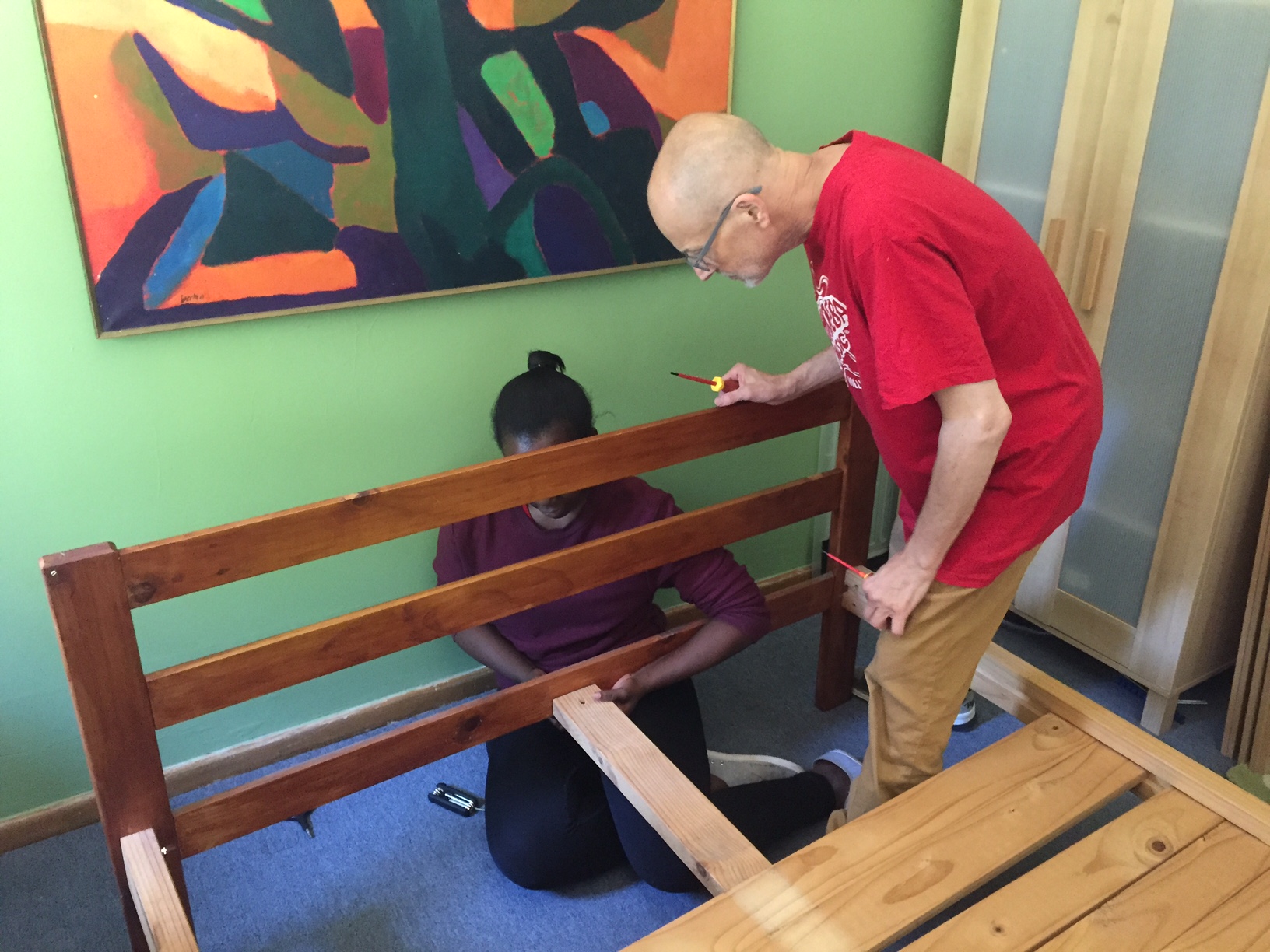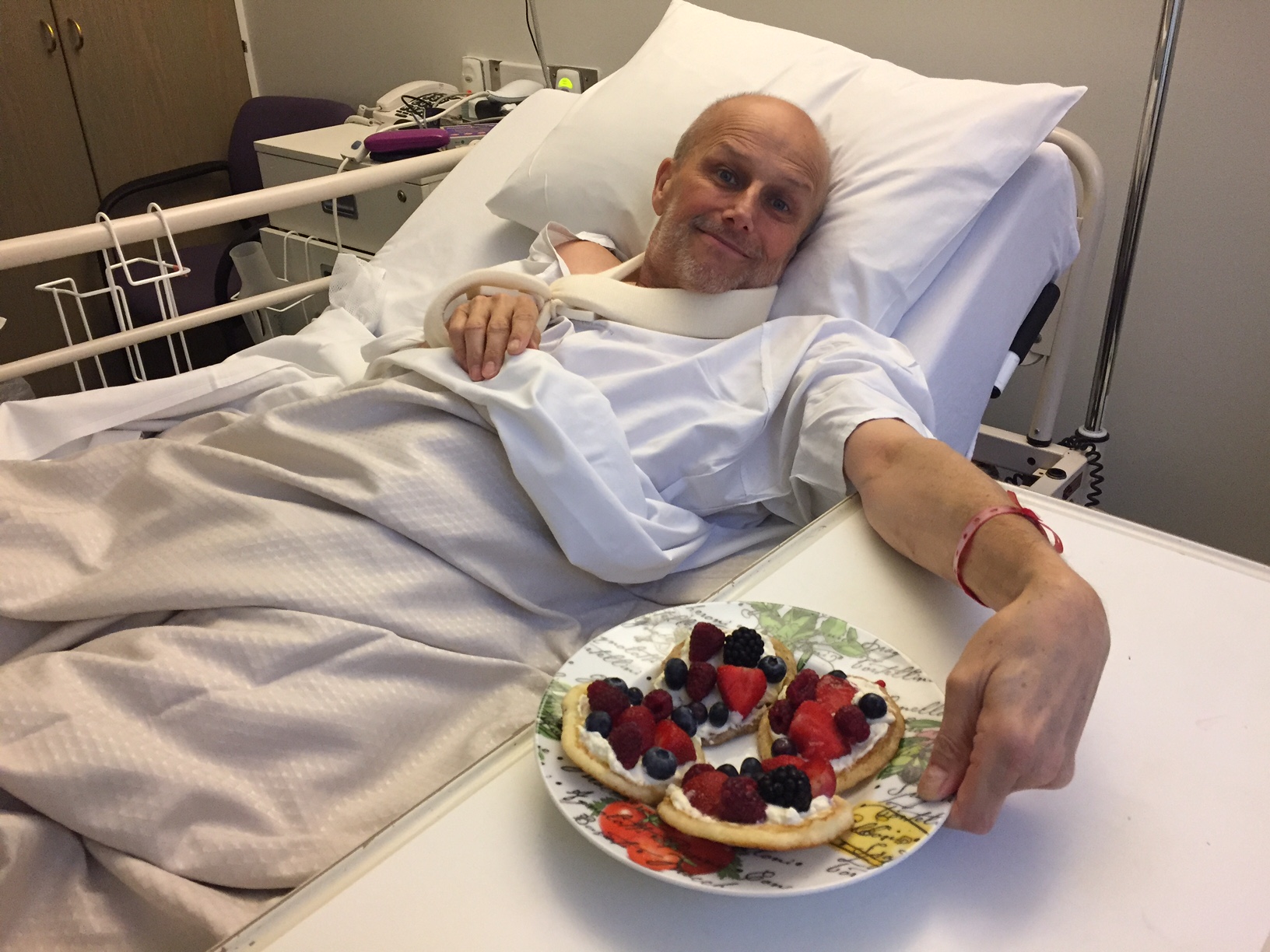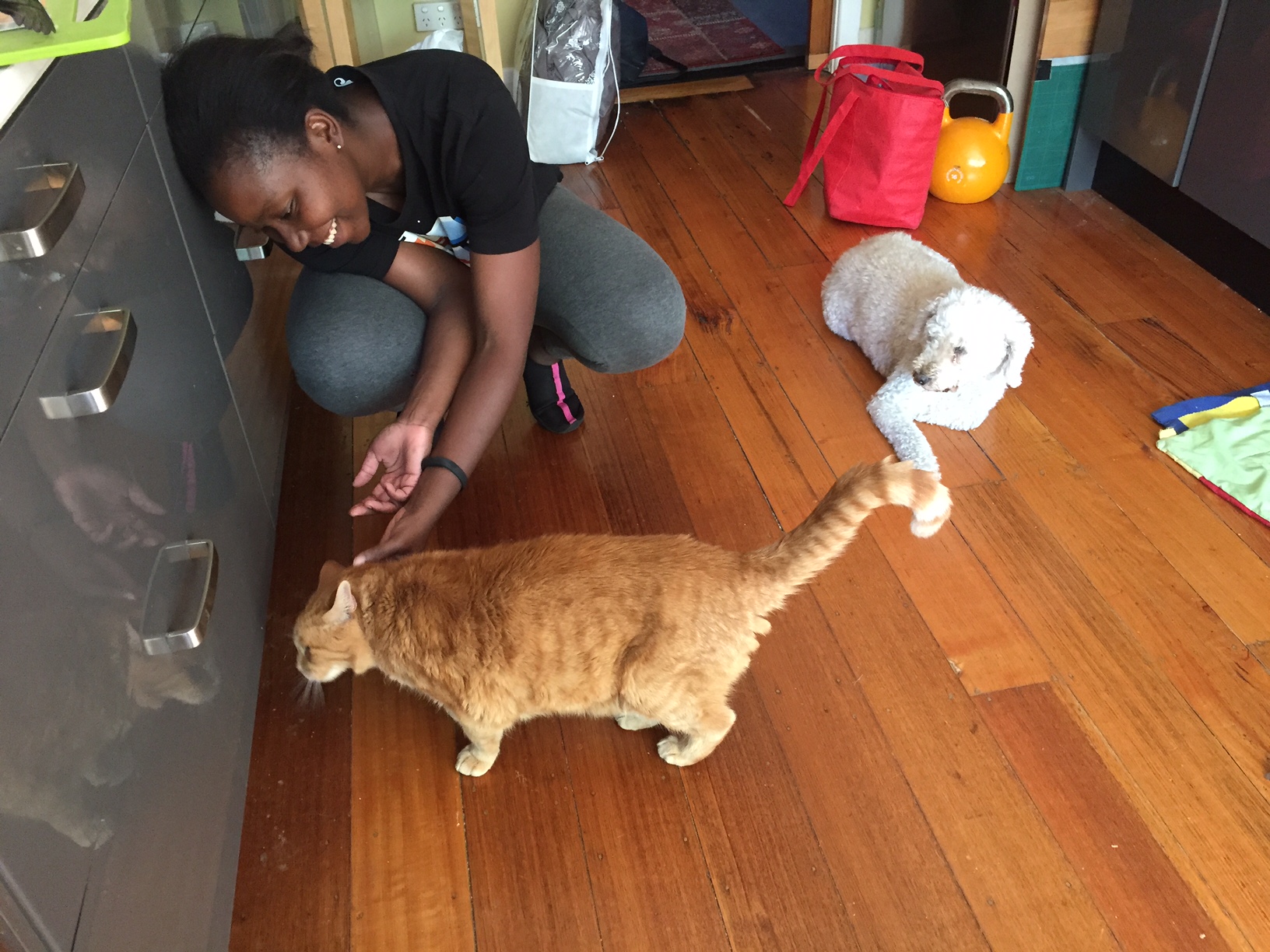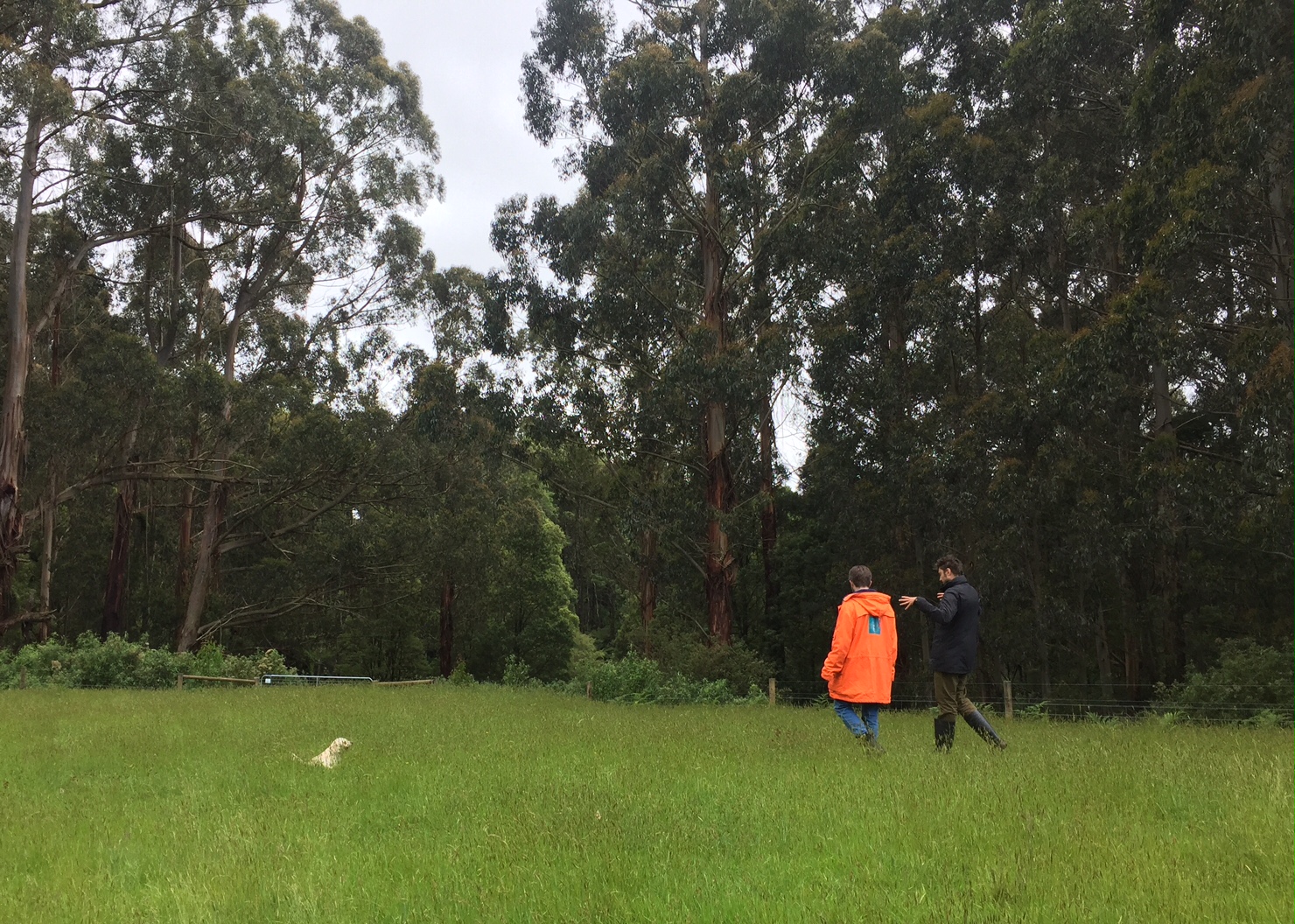Some lifestyle changes can take a whole lot longer than one might plan, and converting to a fully electric house has been one of these. It has taken ten years to finally give up gas. Let me take you back in time as I share the process with you…
During my twenties and thirties, buying a home was never really upper most in my thoughts. It seemed like too big a commitment and yet somehow in 2001, when Peter and I were in our early forties, we became the proud owners of a red clinker brick house in the heart of Reservoir.
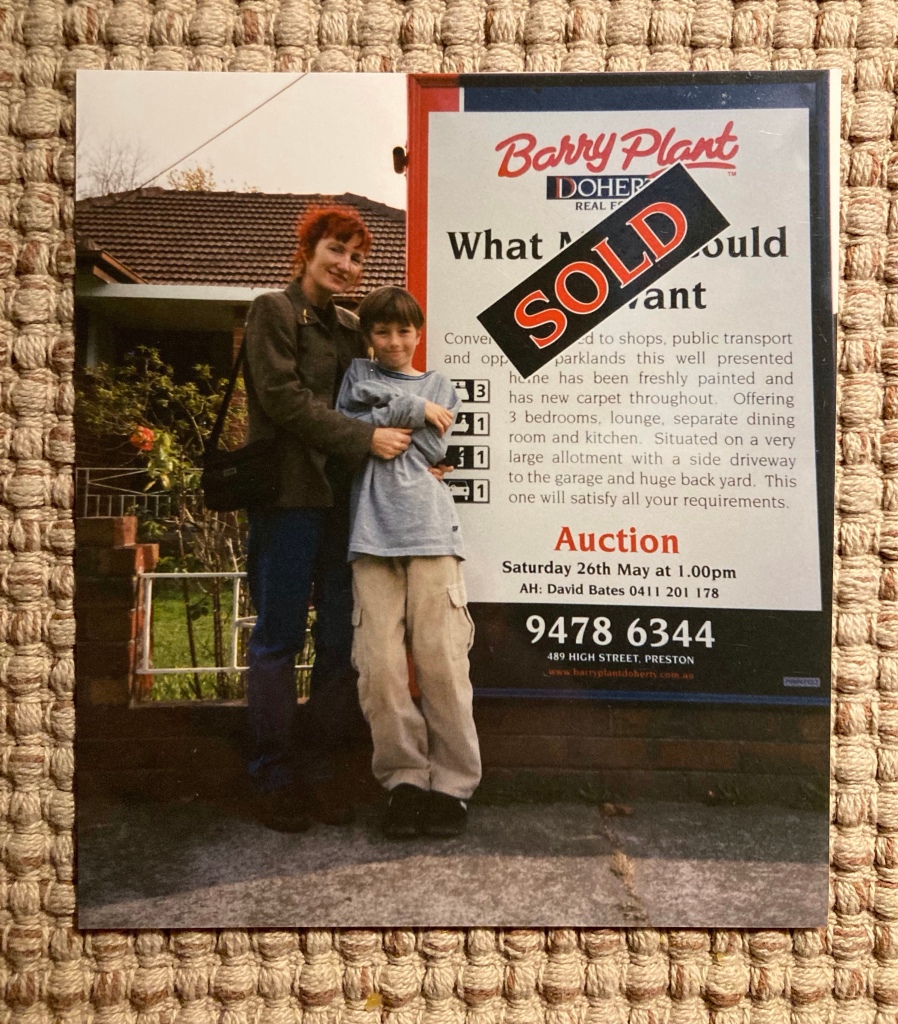
I have now called this house my home for twenty two years. When I reflect back to those early days and years, not surprisingly, we didn’t think much about such things as ‘star ratings that measure energy efficiency’ or what it would be like to live here in very hot or very cold weather.
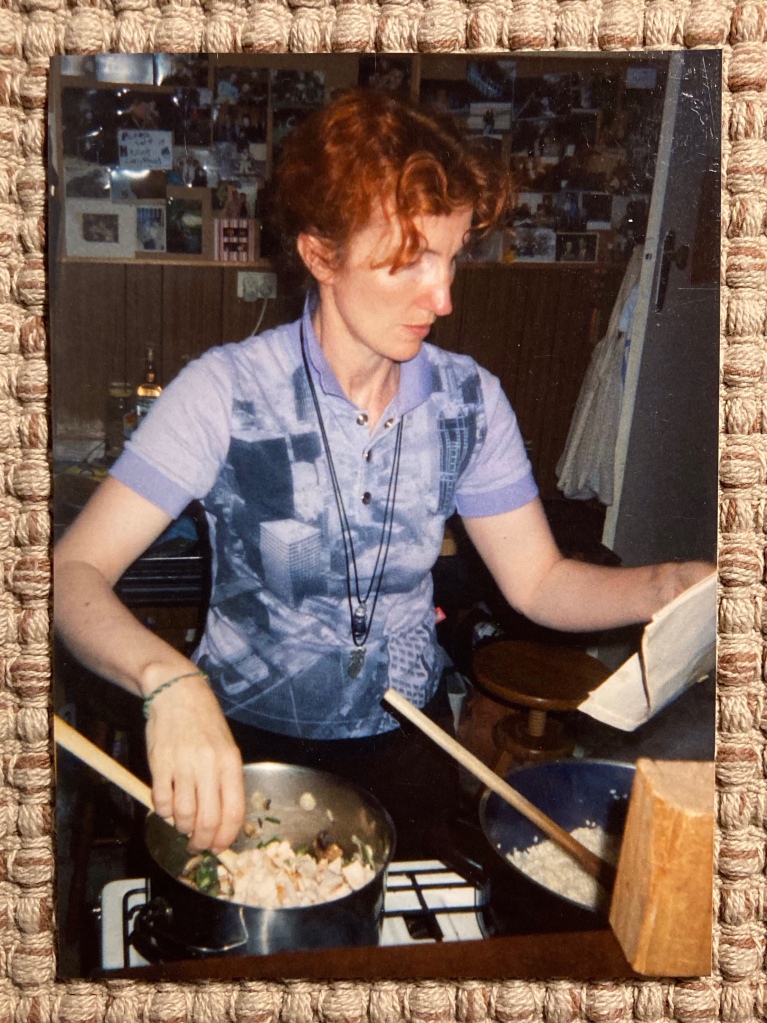
It wasn’t until 2013 when I enrolled in the Graduate Certificate in Sustainability at Swinburne that I really started to consider the ramifications of not thinking carefully about sustainable and energy efficient replacements for old appliances.

By this stage I was starting to think that choosing a new gas heater probably wasn’t such a great idea. We were finding it much harder to break the habit than I ever imagined, and ended up purchasing a Cannon Canterbury in-built gas heater. Two years later, there was an alert over potentially deadly carbon monoxide leaks in this particular model. But it had the word ‘eco’ in the advertising!!
We did have the heater tested and the faux logs looked rather pretty at night however it didn’t have the staying power of those old 70s models and I was soon faced with the problem of finding another solution for heating the house. I ended up having two Daikon reverse cycle air conditioning units installed, after doing some research on the most energy efficient way to heat and cool a house.

Driving through Newstead in March 2022, we stopped off to charge the car at the Enviroshop charging station. We ended up having a chat with Frank Forster, the manager, about what we were planning to tackle next on our retrofit list.
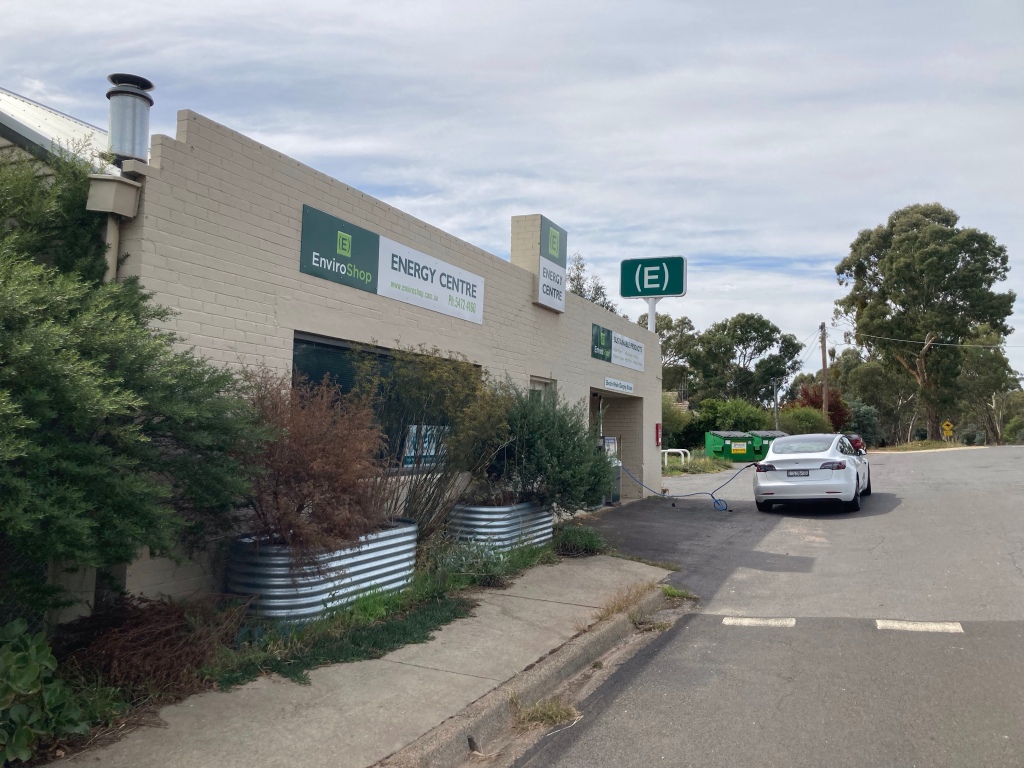
I told Frank how we were considering getting a battery for the solar panels. He looked at us in a way that suggested this was not the next thing we should be considering. We waited for advice. He responded assertively, ‘Get off Gas’. They were the words I needed to hear to encourage me to make the next move.
I had been happy with the Delonghi free standing stove, and it didn’t feel right to move it on while it was still functioning. Then one day I read an article in The New Yorker that outlined the three downsides of cooking with gas: 1. It is a fossil fuel and a greenhouse gas. 2. It is no longer the cheap power option and 3. It is bad for your health. You can read the article here: Learning to love an induction stove
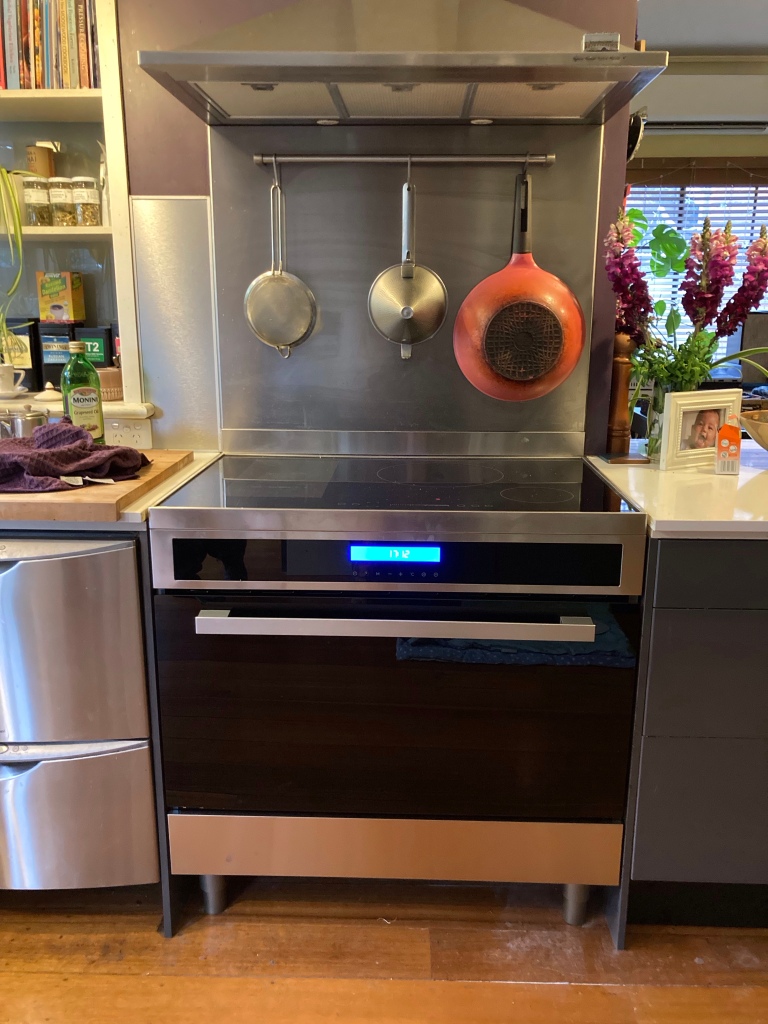
The last item on the list was the gas hot water service. We were going to change this over when we renovated in 2010, however, we thought we would wait until the unit stopped working and replace it with a new Rinnai continuous flow hot water service. That Rinnai is still sitting in its box in the garage.

Nick, one of the Newstead team, gave us some important information: don’t say you want the gas disconnected, let them know you want to have it abolished. That’s not the kind of word one usually associates with the supply or disconnection of utilities. I couldn’t wait to do some abolishing.
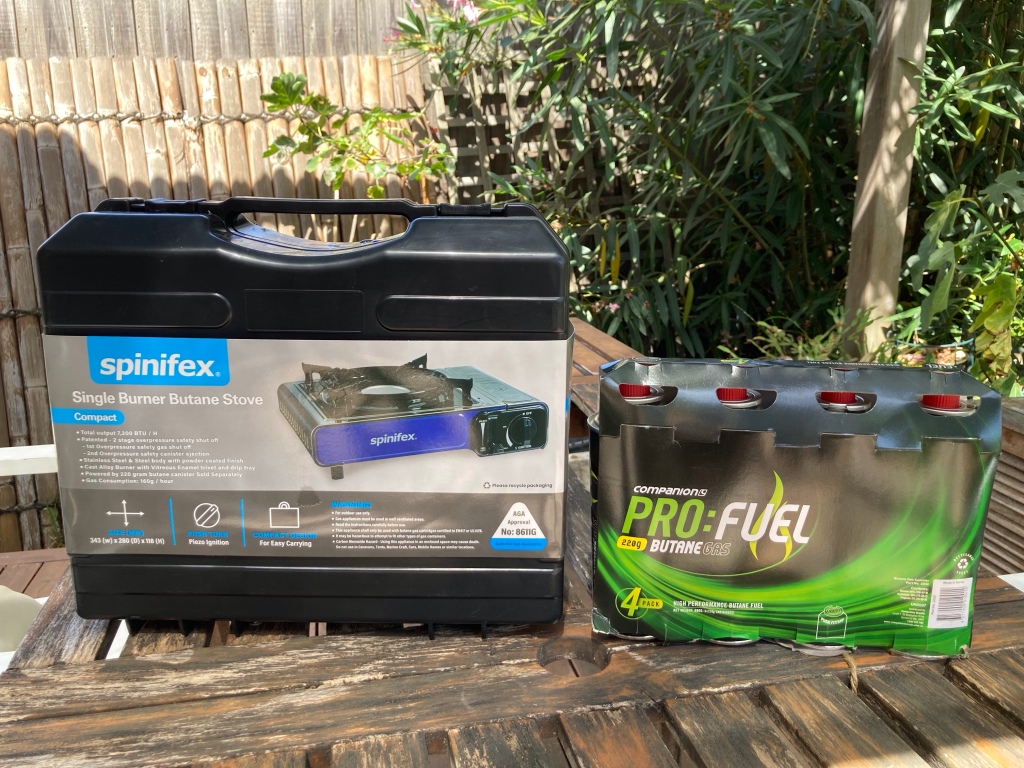
Another factor that contributed to this dramatic abolishment was that, even though Victoria still relies on electricity generated by coal-fired power, we are in a transitional period where other sources such as hydro, wind and solar are being added to the grid. There are no environmentally friendly versions of ‘natural gas’. Why gas is bad for climate change and energy prices
Giving up gas has taken too many years. I am hoping that this ‘change in time’ will encourage others to consider their options in similar circumstances. I still believe that every change we make contributes to the big changes that need to be made.
I have just joined a Facebook group called My Efficient Electric Home. It has a membership of 80,000. It’s good to know that we are not alone.
